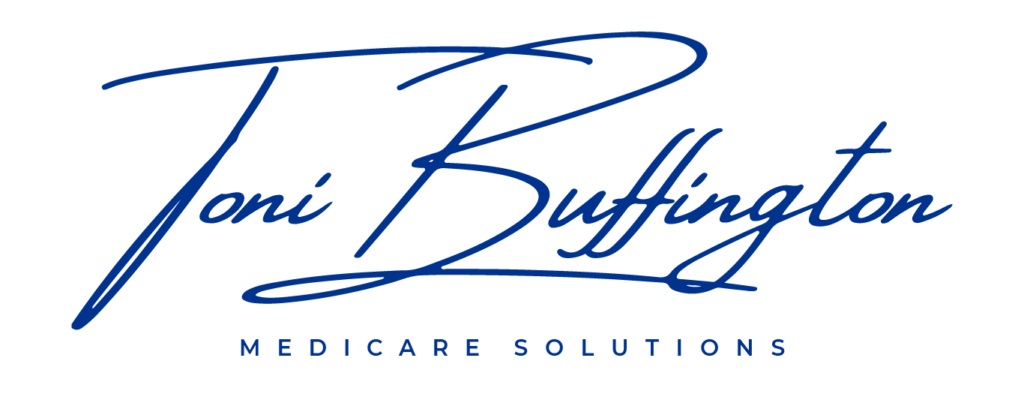You have earned every benefit under Medicare. However, it is important to realize early on that Medicare has a fee structure. Some of these fees are upfront costs, such as the monthly premium payments you must make to keep your Medicare coverage active. Others are connected to your share of the cost of medical care, such as the payments you make at the doctor’s office to cover your percentage of the treatment you received or the fraction of the hospital stay’s price you are expected to pay.
Not everyone can afford these payments since they can mount up. The good news is that you might be eligible for assistance with your Medicare costs. Here are some of your choices.
Reducing Your Costs
Low-income individuals can get assistance from state-run Medicare Savings Programs with their Part B premium payments. Several of these programs offer service with Part A premium payments for those not qualified for free Part A. Deductibles, coinsurance, and copayments can all be covered.
Your income must fall below state-specific thresholds and, in some cases, your savings to qualify for a Medicare Savings Program. These are typically higher than the Medicaid eligibility requirements, and your savings are not considered in some states.
Your principal dwelling, one automobile, life insurance, and household goods with a cash value of less than $1,500 are assets that are never considered. Some governments might also exclude other purchases. Nine states, including Alabama, Arizona, Connecticut, Delaware, Louisiana, Mississippi, New York, Oregon, and Vermont, as well as the District of Columbia, did not have a cap on the amount of assets individuals might hold to qualify for their Medicare Savings Programs as of December 2021.
The following programs may also be available to seniors 65 and older, as well as to younger persons with disabilities who are enrolled in Medicare but do not meet the requirements for payment relief:
Medicaid
State and local governments oversee the Medicaid assistance program and are funded by the federal and state governments. Medicaid might assist in covering some of the expenses that Original Medicare does not. Medicaid may also offer coverage for other medical services and supplies that Medicare does not.
Each state will have its standards for eligibility and application procedures.
Medicare Savings Programs
Medicare Savings Programs are government-run initiatives that assist those with low incomes and resources in covering the costs of their Medicare coverage, such as premiums, deductibles, copays, and coinsurance.
People who qualify for a Medicare Savings Program may also be eligible for Extra Help. This program assists with the cost of prescription medications. Medicare Savings Programs come in four different varieties. Each program has its own eligibility condition and covers various fees.
Programs of All-Inclusive Care for the Elderly (PACE)
A joint Medicare and Medicaid program called PACE offers some long-term, social, and medical assistance. PACE is for people at least 55 years old who need care comparable to that provided in nursing homes and can live safely in their community with the assistance of PACE.
If approved by the patient’s medical team, PACE covers the medical expenses typically covered by Medicare and Medicaid. If the team decides it’s essential, PACE may also offer extra protection for other things. Finally, a stand-alone Part D plan is unnecessary because PACE will also cover your prescription medications.
PACE is only offered in some states, and the price you pay for PACE will vary.
Extra Help & Other Prescription Drug Assistance Programs
Your Medicare Part D premiums, copays, deductibles, and coinsurance are paid in part by the Extra Help program. Suppose you have Medicare and Medicaid or both Medicare and Supplemental Security Income. In that case, you can automatically be eligible for Extra Help (SSI). You must have restricted financial resources of less than $14,610 for single people and $29,160 for married couples living together to be eligible for Extra Help. Resources can include the cash in your IRAs, real estate, stocks and bonds, and the contents of your bank accounts.
Other Savings
The Qualified Medicare Beneficiary Program
Covers your Medicare Advantage plan premiums, deductibles, coinsurance, and copayments. It functions similarly to a Medigap plan for people with original Medicare. In most states, you’ll be eligible if your gross monthly income in 2022 is less than $1,153 for single people and $1,546 for married couples. Additionally, teams and individuals generally can only have assets totaling at most $12,600 in most states.
The Specified Low-Income Medicare Beneficiary Program
Remits premiums for Part B. You’ll generally be eligible if your gross monthly income in 2022 is less than $1,379 for individuals and $1,851 for couples. Additionally, teams and individuals typically can only have assets totaling up to $12,600 in most states.
The Qualifying Individual Program
It has a more significant income cap than the Specified Low-Income Medicare Beneficiary Program and pays Part B premiums. You’ll generally be eligible if your gross monthly income in 2022 is less than $1,549 for individuals and $2,080 for couples. Additionally, teams and individuals typically cannot have assets totaling more than $12,600 in most states.
In addition to these advantages, if you meet the requirements for any of the three Medicare Savings Programs listed above, you are automatically qualified for Extra Help, which lowers your out-of-pocket expenses and Part D prescription drug plan premiums. You won’t be charged a late enrollment penalty for Part B.
Are You Eligible?
We understand that trying to learn about these available programs can be confusing. Fortunately, support is available to determine your eligibility for Medicare financial assistance. The Medicare agents with Toni Buffington Medicare Solutions are here to help! Give us a call today to learn more about what you may be eligible for and the next steps you’ll need to take.

